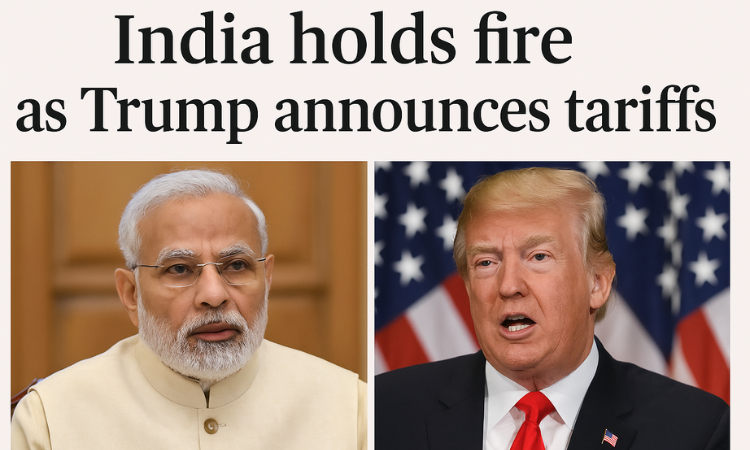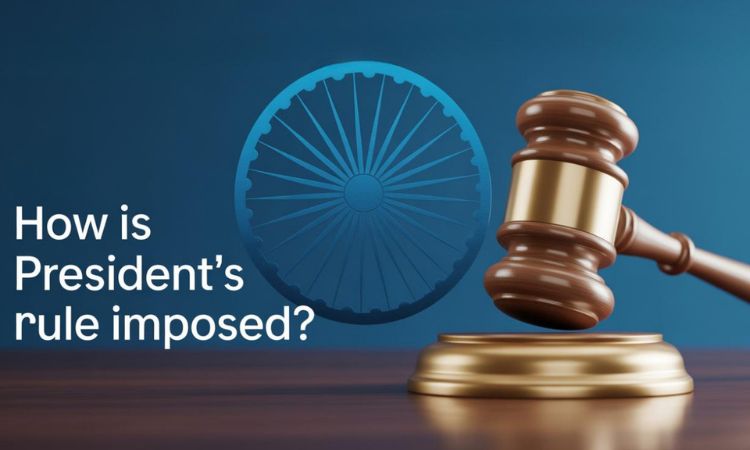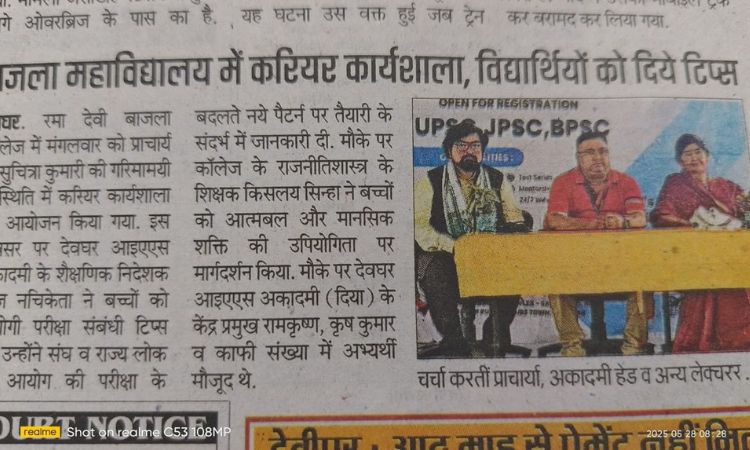On Thursday, U.S. President Donald Trump initiated a sweeping trade war by imposing “reciprocal tariffs” ranging from 10% to 49% on imports from global trading partners. India, despite ongoing negotiations, faced a 27% tariff on its exports to the U.S., which the U.S. termed as a “discounted” rate in response to India’s alleged 52% duties on American goods.
Trump dubbed April 2 as “Liberation Day,” marking what he claims as a rebirth for American industry. Invoking the International Emergency Economic Powers Act of 1977, the new tariff regime is aimed at curbing persistent trade deficits and will roll out in phases starting April 5 and April 9.
India responded cautiously, with the Commerce Ministry stating it would assess implications and explore emerging opportunities. Global markets reacted negatively, with sharp declines in Asian and U.S. stock indices.
While other countries like China, the EU, and Canada promised countermeasures, India chose a muted response. Officials in Delhi noted that India’s 27% tariff was lower than those imposed on Bangladesh (37%), Sri Lanka (44%), and Pakistan (30%), potentially offering comparative advantages.
Key Indian sectors like diamond and jewellery exports may suffer, with concerns raised over sustaining the current $10 billion export volume to the U.S., which accounts for over 30% of India’s gems and jewellery trade.
Though the auto industry is largely unaffected, other industries are bracing for possible disruption. The Indian government acknowledged slow progress in trade talks and emphasized the importance of finalizing a bilateral agreement to mitigate long-term impacts.






